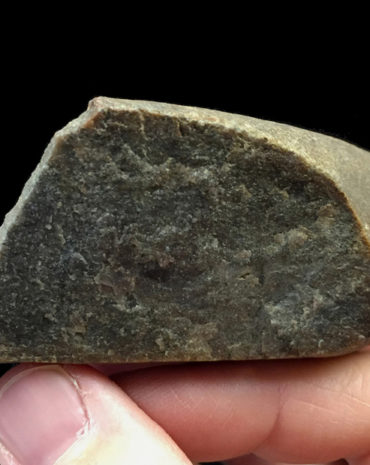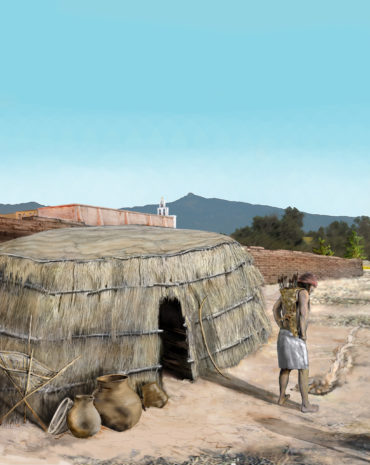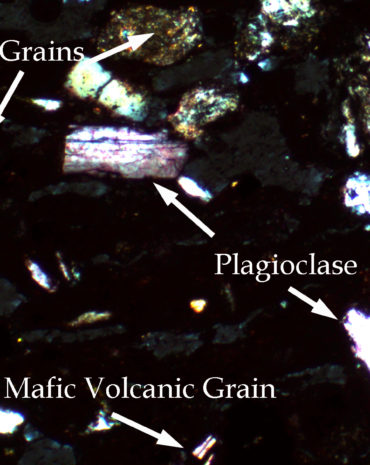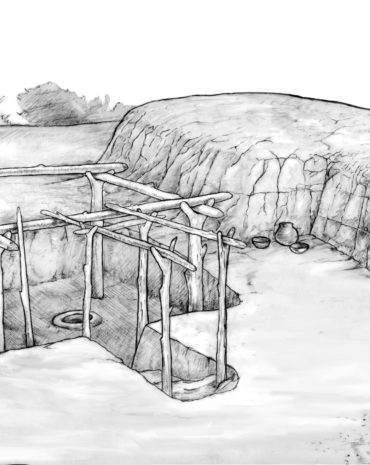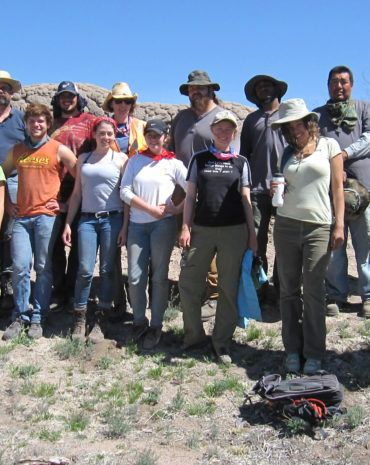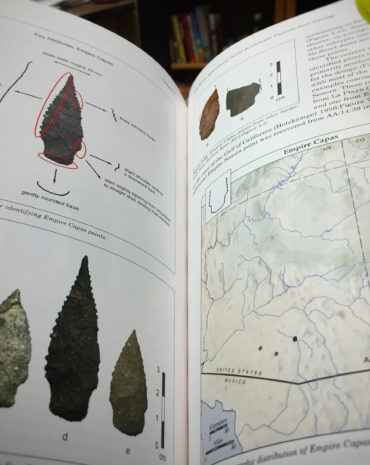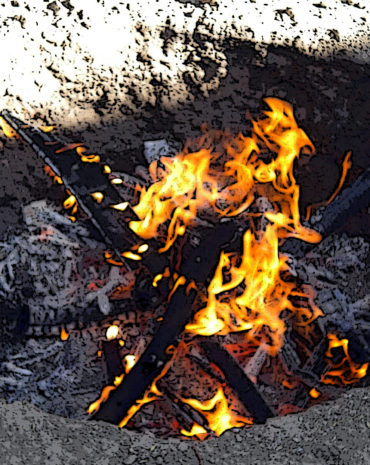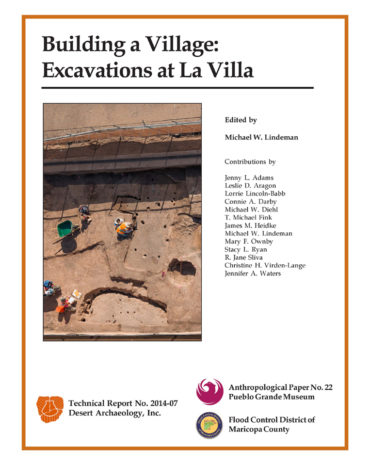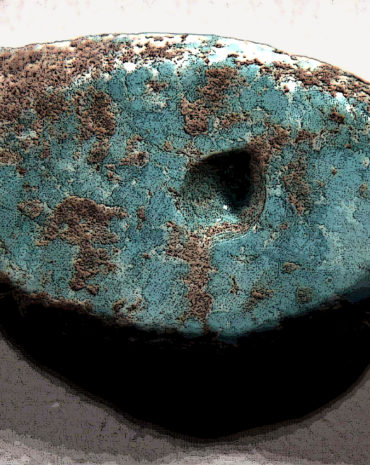 Oct 13
Oct 13Tiny Artifacts, Big Questions: More from the World of Disk Beads
Ground stone expert Jenny Adams has more to share about the analysis of disk beads. My previous blog about distinguishing stone from fired-clay disk beads using low-power magnification techniques was just a teaser. There is much more to learn about disk beads—I didn’t even mention the identification of shell disk…



